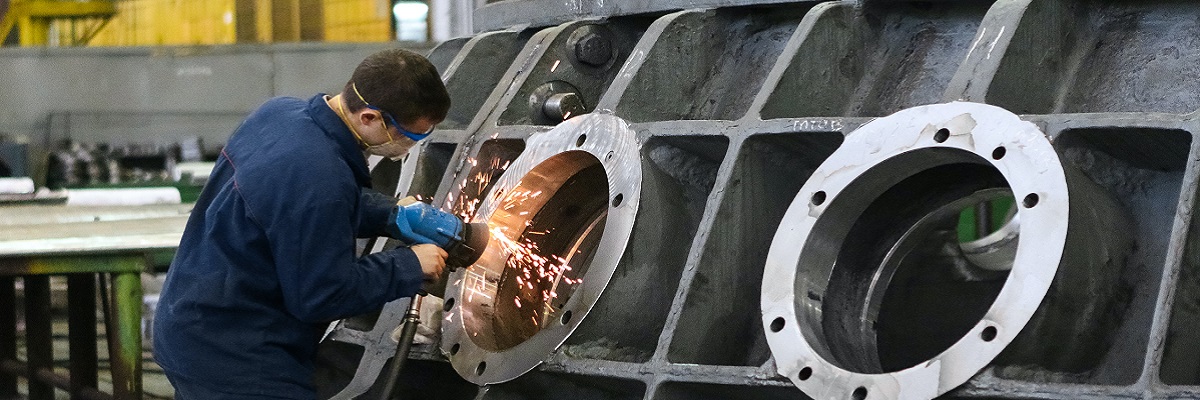Canada’s NOC System shifts to TEER System
Published Date: 21st October 2021
Every 5 years the NOC is updated to make sure that the prevailing system justifies the Canada’s changing labor market trends. But now this approach is being shifted and the jobs will be categorized based on a new Training, Education, Experience and Responsibilities (TEER) system.

Till date the Employment & Social Development Canada and Immigration, Refugees and Citizenship Canada used NOC 2016 to evaluate LMIA applications. Other than that, the National Occupational Classification was used by IRCC and ESDC to set policies regarding skilled worker immigration programs and the Temporary Foreign Worker Program (TFWP).
The said changes are argued to affect the economic class and foreign worker applicants the most, but this information is yet to be confirmed. No specific information is given regarding which sorts of applicants are subject to get affected. The TEER or NOC 2021 is supposed to be implemented in fall 2022. The new system has 516 occupations, up from 500 in NOC 2016. In this system new occupations were created to reflect emerging fields in data science, cyber security and others.
The TEER System has six categories: TEER Category 0, 1, 2, 3, 4, and 5.
|
TEER 0 |
Management occupations |
|
TEER 1 |
Completion of a university degree (bachelor’s, master’s or doctorate); or Several years of experience in a specific occupation from TEER category 2 (when applicable) |
|
TEER 2 |
Completion of a post-secondary education program of two to three years at community college, institute of technology or CÉGEP; or Completion of an apprenticeship training program of two to five years; or Occupations with supervisory or significant safety (police officers and firefighters) responsibilities; or Several years of experience in a specific occupation from TEER category 3 (when applicable) |
|
TEER 3 |
Completion of a post-secondary education program of less than two years at community college, institute of technology or CÉGEP; or Apprenticeship training of less than 2 years; or More than six months of on-the-job training, training courses or specific work experience with some secondary school education; or Several years of experience in a specific occupation from TEER category 4 (when applicable) |
|
TEER 4 |
Completion of secondary school; or Several weeks of on-the-job training with some secondary school education; or Several years of experience in a specific occupation from TEER category 5 (when applicable) |
|
TEER 5 |
Short work demonstration and no formal educational requirements |
To read more such news and get latest updates on Canada Immigration, visit our website’s section www.visawalk.com/news
